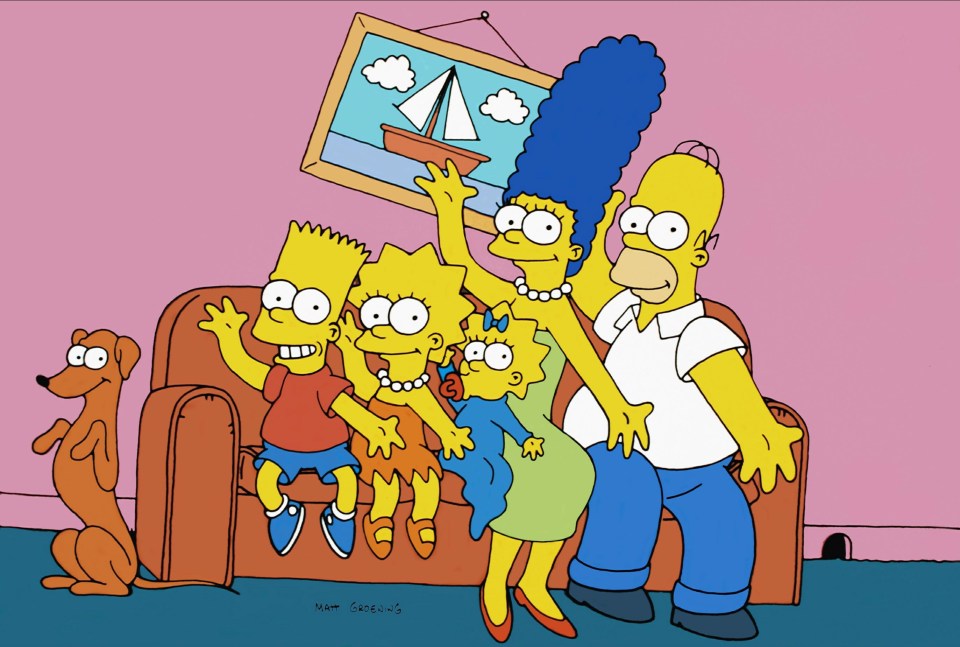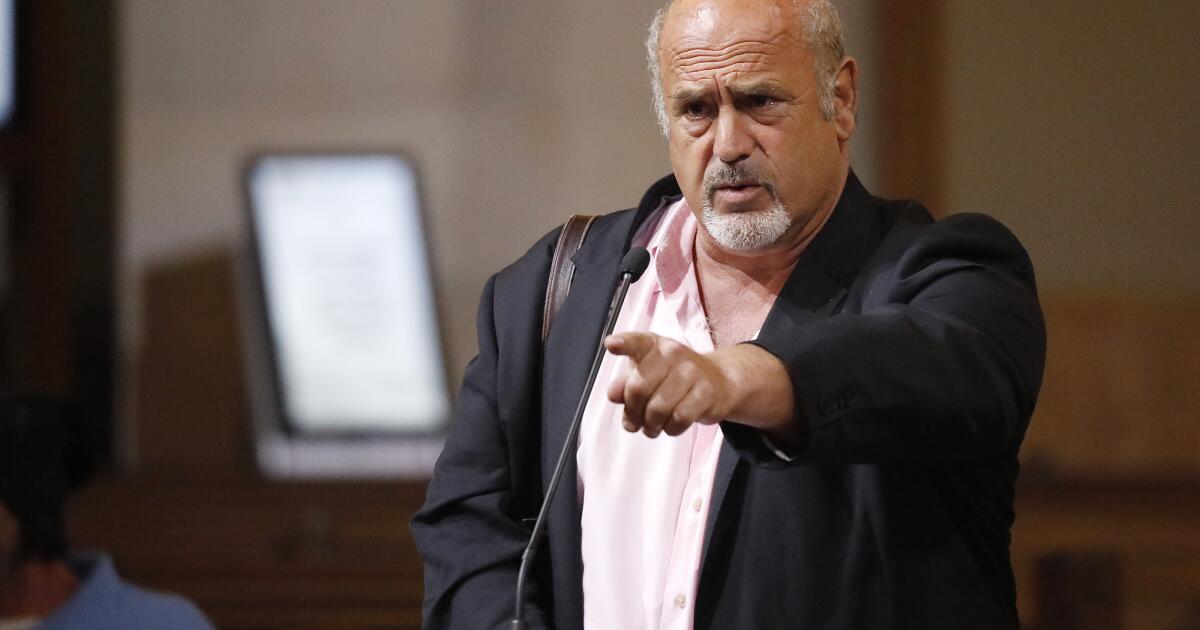While the New Year is a peak time for booking summer holidays, especially for families looking to jet away outside of term time, here’s why I tend to be an early bird booker in November
The promise of a summer holiday is often the thing that gets you through the post-Christmas slump. And holiday companies certainly know this. While you’re finishing your turkey sandwich and fighting festive hangovers, there are two adverts you’ll see a lot of; sofa sales and holidays.
As a travel journalist, I take a lot of last-minute breaks, but as a busy mum when it comes to booking my own holidays, I like to be organised. This means that before I’ve put the tree up I’ve often got my summer holiday booked, and November can be an excellent time to start browsing travel sites.
Here are some of the reasons why I’m already thinking about my summer holidays this month and will likely be booking in the next couple of weeks.
1. Yes, there are some great deals
While travel companies do offer sales in January and February, November is a quiet month for bookings for travel companies, which means there are often flash sales and deals going on that aren’t as heavily promoted, but can still save you a lot of money.
Of course, the big one in November is Black Friday. At the time of writing, many of the major operators were still keeping their deals under wraps, although Jet2 currently have 20% off flights and £100 per person off all holidays.
Black Friday is officially on November 28, but in my experience, most travel companies will launch their offerings before then. If there’s a particular tour operator, airline, or cruise provider you’re interested in, sign up for their newsletter now. Some of them will give early access to deals, and you can always unsubscribe later.
2. Availability is better
Most airlines and accommodation providers will have released their 2026 summer availability by now for early bird bookers. If you’re looking for a very specific destination or holiday type, for example a certain cabin type on a cruise or a sea view apartment in your favourite resort, then you’ve got a better chance of nabbing it now before the New Year rush.
As someone who once endured an overnight ferry to France in a reclining seat because I booked too late and there were no cabins left, I always try to get bookings locked in as soon as I know the dates I want. Car hire is another one that tends to be better booked in advance, especially if you’re visiting a small Spanish or Greek island, as they’ll often have limited vehicles available.
3. It’s easier to budget
As a parent whose family holiday dates are restricted to half terms and those dreaded six weeks of summer, I’m well aware how expensive it can be to even get a few nights in a caravan during peak times. That’s why I like to take advantage of interest-free options for spreading the cost, so I can budget monthly and get the holiday paid off before I go.
TUI, for example, offer zero deposit options, with the cost of the holiday paid in instalments via direct debit. The last payment is made eight weeks before your holiday, so if you book earlier, you can spread it in smaller instalments which I find much less painful than paying in one go.
Some UK holiday providers offer the same such Haven offer low deposits of £30 and a variety of payment options to help you budget.
Always make sure you can afford the monthly payments, as missing one could mean your holiday ends up getting cancelled with any payments lost. Read any terms and conditions carefully. Make sure there’s no interest being added and avoid options like credit cards and pay later providers who can add massive fees.
4. You can lock down popular annual leave dates
If you’ve ever worked in a team with other parents, you’ll know there can be a battle to get weeks off at certain times of year. Even if you aren’t booking your holiday yet, it’s worth getting those annual leave requests in. Of course, never book a holiday before you’ve had your annual leave approved.
5. Enjoy the holiday excitement for longer
Christmas can be a stressful time, so it’s nice to have something to look forward to. I appreciate it’s not the same for everyone, but I really love the countdown to my big holiday. It gives me plenty of time to look for local attractions I want to visit, and even start shopping for holiday clothes.
Admittedly, early booking isn’t for everyone, some people love to be spontaneous. But if you’re already dreaming of jetting off in summer it may be a good time to see what the tour operators have to offer.
Have a story you want to share? Email us at [email protected].






